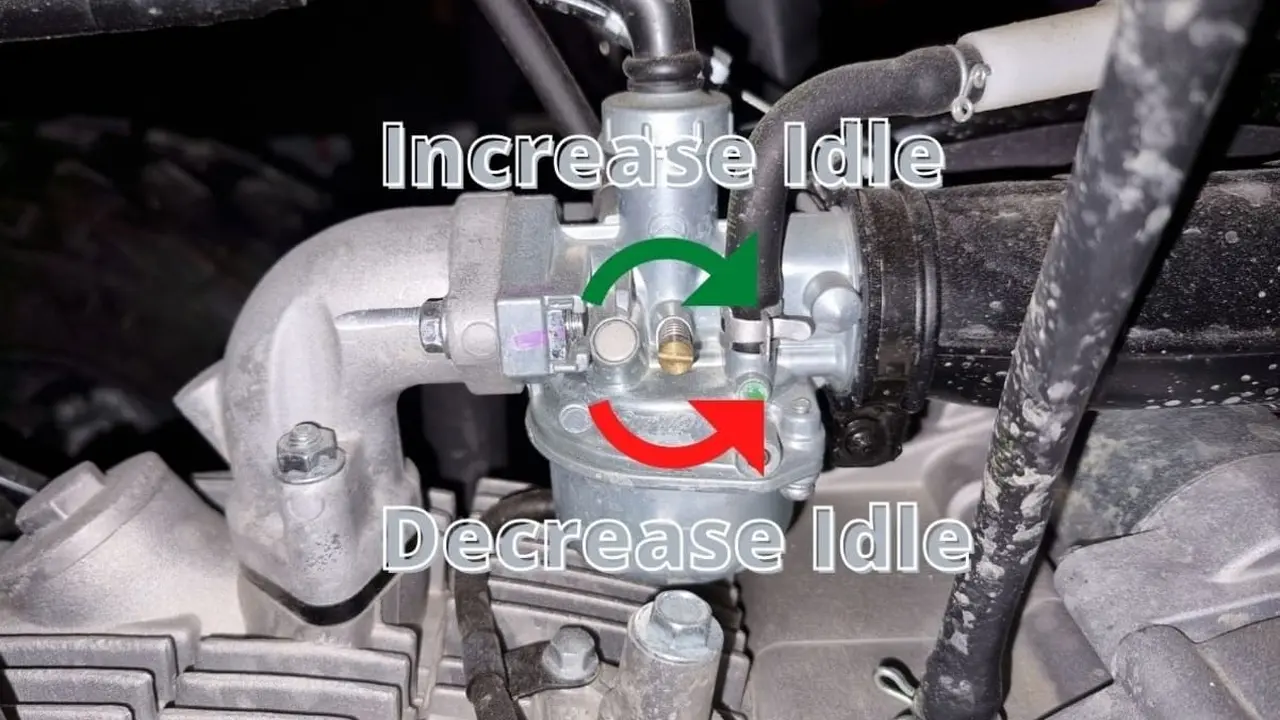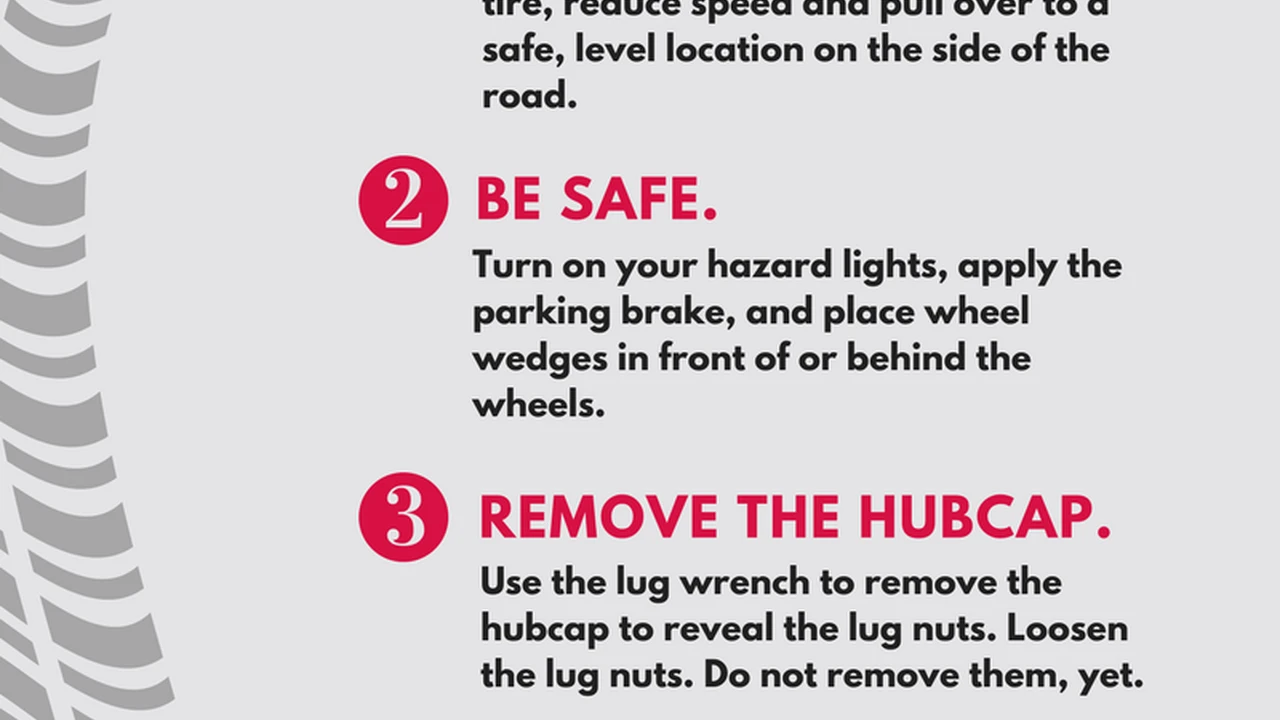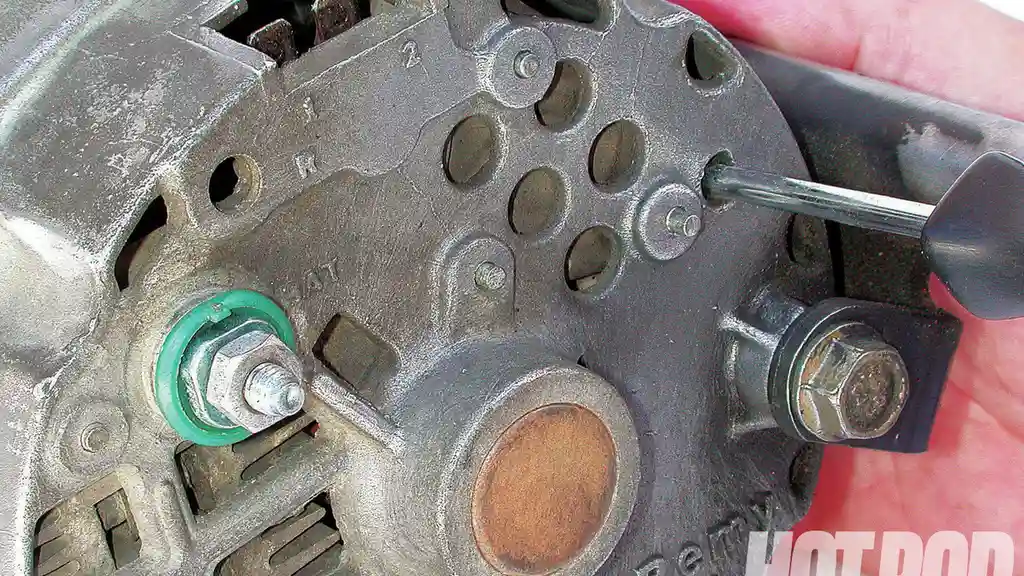How to Adjust Your Car's Idle Speed: Troubleshooting Tips

Understanding Car Idle Speed and Why It Matters
Alright, let's talk about something that might seem a bit technical but is actually pretty important for your car's health: idle speed. What exactly is it? Simply put, it's the speed at which your engine runs when your foot isn't on the gas pedal. Think of it as the engine's resting heart rate. If your idle speed is off, you might experience stalling, rough idling, or even wasted fuel. Nobody wants that, right? A healthy idle keeps your engine ticking smoothly and efficiently. Ignoring it can lead to bigger problems down the road, costing you more time and money in repairs. So, paying attention to your idle speed is like giving your car a little check-up – preventing major headaches later on. We'll cover common symptoms, potential causes, and, most importantly, how to troubleshoot and adjust it yourself.
Common Symptoms of an Incorrect Idle Speed: Rough Idling and Stalling
So, how do you know if your idle speed is acting up? Keep an eye out for these telltale signs. First, rough idling. This is when your car feels like it's shaking or vibrating excessively when you're stopped at a light or in park. It's not a pleasant feeling, and it's definitely a sign something isn't quite right. Another biggie is stalling. This happens when your engine just cuts out completely while idling. Super annoying, especially in traffic! You might also notice your car struggling to start, or the engine sounding like it's working harder than it should when it's just idling. Fuel efficiency can also take a hit; you might find yourself filling up more often than usual. If you're experiencing any of these symptoms, it's a good idea to investigate further. Ignoring them won't make them go away, and they could indicate a more serious underlying issue.
Potential Causes of Idle Speed Problems: Vacuum Leaks and Dirty Throttle Bodies
Okay, let's dive into some of the things that can throw your idle speed out of whack. One common culprit is vacuum leaks. Your engine relies on a complex system of vacuum hoses to function properly. If one of these hoses cracks or becomes disconnected, it can disrupt the air-fuel mixture and cause idle speed problems. Another frequent offender is a dirty throttle body. The throttle body controls the amount of air that enters your engine. Over time, it can get coated in grime and carbon buildup, restricting airflow and affecting idle speed. A faulty idle air control (IAC) valve can also be the issue. The IAC valve regulates the amount of air that bypasses the throttle plate when the engine is idling. If it's malfunctioning, it can't properly control the idle speed. Other potential causes include issues with the mass airflow (MAF) sensor, the oxygen sensor, or even the engine's computer (ECU). Diagnosing the exact cause can sometimes be tricky, but a systematic approach can usually help you pinpoint the problem.
Troubleshooting Steps: Inspecting Vacuum Hoses and Cleaning the Throttle Body
Alright, time to get your hands a little dirty! Let's walk through some basic troubleshooting steps. First, inspect those vacuum hoses. Look for any cracks, breaks, or loose connections. You can often hear a hissing sound near a vacuum leak. Carefully check all the hoses connected to the intake manifold and throttle body. If you find any damaged hoses, replace them immediately. Next up, cleaning the throttle body. This is a relatively easy task that can often make a big difference. You'll need some throttle body cleaner, a clean rag, and maybe an old toothbrush. Disconnect the intake hose from the throttle body and spray the cleaner onto the throttle plate and inside the throttle body. Use the rag and toothbrush to scrub away any grime and carbon buildup. Be sure to follow the instructions on the throttle body cleaner. After cleaning, reconnect the intake hose and start the engine. It might run a little rough at first, but it should smooth out after a few minutes. If you're still having problems, it's time to move on to more advanced troubleshooting.
Adjusting Idle Speed Manually: Locating and Adjusting the Idle Speed Screw
Now, let's talk about actually adjusting the idle speed. This is something you can often do yourself, but it's important to proceed with caution. The first step is to locate the idle speed screw. This screw is usually located on the throttle body, near the throttle linkage. It's often a small screw with a spring around it. Consult your car's repair manual if you're having trouble finding it. Once you've located the screw, start your engine and let it warm up to operating temperature. Then, using a screwdriver, slowly turn the idle speed screw. Turning it clockwise will usually increase the idle speed, while turning it counterclockwise will decrease it. Aim for the correct idle speed specified in your car's repair manual. If you don't have a repair manual, you can usually find the recommended idle speed online. Be careful not to adjust the idle speed too high or too low, as this can cause other problems. After making an adjustment, let the engine run for a few minutes to stabilize before making any further changes. If you're not comfortable adjusting the idle speed yourself, it's always best to take your car to a qualified mechanic.
Using an OBD-II Scanner to Monitor Idle Speed and Diagnose Problems
For more precise diagnosis and monitoring, an OBD-II scanner is your friend. These scanners plug into your car's diagnostic port and allow you to read real-time data from the engine's computer. You can use an OBD-II scanner to monitor the engine's RPM (revolutions per minute), which is a direct measurement of idle speed. You can also use it to check for any trouble codes that might be related to idle speed problems. For example, a code like "P0505" indicates a problem with the idle air control system. An OBD-II scanner can help you pinpoint the exact cause of the problem, saving you time and money on unnecessary repairs. There are many different OBD-II scanners available, ranging from basic models that just read trouble codes to more advanced models that offer features like live data streaming and graphing. Choose a scanner that meets your needs and budget. I personally use the Autel MaxiCOM MK808 for more in-depth diagnostics, but for basic monitoring, the BlueDriver Bluetooth Professional OBDII Scan Tool is excellent and easy to use with your smartphone.
Recommended Products for Adjusting Idle Speed: Throttle Body Cleaners and OBD-II Scanners
Okay, let's talk about some specific products that can help you with adjusting your car's idle speed. First, you'll need a good throttle body cleaner. I recommend the CRC Throttle Body and Air Intake Cleaner. It's effective at removing grime and carbon buildup, and it's safe for use on most vehicles. You can find it at most auto parts stores for around $10. Another good option is the Berryman B-12 Chemtool Carburetor, Fuel System and Injector Cleaner. It's a bit more aggressive than the CRC cleaner, so use it with caution. For monitoring idle speed and diagnosing problems, you'll need an OBD-II scanner. As mentioned before, the BlueDriver Bluetooth Professional OBDII Scan Tool is a great option for basic monitoring. It connects to your smartphone via Bluetooth and allows you to read trouble codes and monitor live data. It costs around $120. If you need a more advanced scanner, the Autel MaxiCOM MK808 is a good choice. It offers a wide range of features, including live data streaming, graphing, and bidirectional control. It's more expensive, costing around $600, but it's a worthwhile investment if you plan on doing a lot of your own car repairs.
Comparing Different Throttle Body Cleaners: CRC vs Berryman
Let's dive a bit deeper into the world of throttle body cleaners. Two popular options are the CRC Throttle Body and Air Intake Cleaner and the Berryman B-12 Chemtool Carburetor, Fuel System and Injector Cleaner. Both are designed to remove carbon deposits and grime from your throttle body, but they have some key differences. The CRC cleaner is generally considered to be a milder cleaner. It's effective at removing light to moderate buildup and is safe for use on most vehicles, including those with sensitive sensors. It's also relatively easy to use. Simply spray it onto the throttle plate and inside the throttle body, and then wipe away the grime with a clean rag. The Berryman B-12 Chemtool, on the other hand, is a more aggressive cleaner. It's better at removing stubborn deposits, but it can also be more harsh on certain materials. It's important to use it with caution and to avoid spraying it on any sensitive sensors. It also has a stronger odor than the CRC cleaner. In terms of price, both cleaners are relatively affordable, costing around $10-$15 per can. Ultimately, the best choice for you will depend on the severity of the buildup in your throttle body and your comfort level with using more aggressive chemicals. If you're unsure, it's always best to start with the milder CRC cleaner and see if that does the trick.
Real-World Scenarios: When to Adjust Idle Speed After Replacing Parts
There are several situations where you might need to adjust your car's idle speed after replacing parts. One common scenario is after replacing the idle air control (IAC) valve. The IAC valve regulates the amount of air that bypasses the throttle plate when the engine is idling. If you replace it, you'll likely need to adjust the idle speed to ensure it's within the correct range. Another situation is after cleaning or replacing the throttle body. Even if you don't replace the throttle body, cleaning it can change the airflow characteristics and affect idle speed. Replacing the mass airflow (MAF) sensor can also require an idle speed adjustment. The MAF sensor measures the amount of air entering the engine, and if it's not calibrated correctly, it can throw off the idle speed. Finally, you might need to adjust the idle speed after performing major engine work, such as replacing the cylinder head or rebuilding the engine. In all of these situations, it's important to consult your car's repair manual or a qualified mechanic to ensure that you're adjusting the idle speed correctly.
Advanced Techniques: Using a Scan Tool for Idle Relearn Procedures
For some newer vehicles, simply adjusting the idle speed screw might not be enough. These vehicles often require an idle relearn procedure to be performed using a scan tool. An idle relearn procedure is a process that allows the engine's computer (ECU) to learn the correct idle settings after a part has been replaced or the idle speed has been adjusted. The procedure typically involves connecting a scan tool to the car's diagnostic port and following the instructions on the scan tool's screen. The scan tool will guide you through a series of steps, such as starting the engine, letting it warm up, and then performing specific actions with the throttle and other controls. The ECU will then use the data collected during the procedure to learn the correct idle settings. Not all vehicles require an idle relearn procedure, but it's becoming increasingly common on newer models. Consult your car's repair manual or a qualified mechanic to determine if your vehicle requires an idle relearn procedure. If it does, you'll need a scan tool that supports this function. The Autel MaxiCOM MK808, mentioned earlier, is one such scan tool.
Understanding the Cost of Professional Idle Speed Adjustment
If you're not comfortable adjusting your car's idle speed yourself, you can always take it to a professional mechanic. The cost of a professional idle speed adjustment can vary depending on the shop and the complexity of the job. In general, you can expect to pay anywhere from $50 to $150 for an idle speed adjustment. The cost will be higher if the mechanic needs to diagnose and repair any underlying problems, such as a vacuum leak or a faulty IAC valve. Some shops may charge an hourly rate for this type of work, while others may offer a flat rate. Be sure to get a quote from several different shops before choosing one. When getting a quote, be sure to ask what the quote includes. Does it include diagnosing the problem, adjusting the idle speed, and testing the car to ensure that it's running properly? Also, ask about the shop's warranty policy. Will they guarantee their work? If you're not happy with the results, will they make it right? Choosing a reputable shop with experienced mechanics is always a good idea, even if it means paying a little more.
:max_bytes(150000):strip_icc()/277019-baked-pork-chops-with-cream-of-mushroom-soup-DDMFS-beauty-4x3-BG-7505-5762b731cf30447d9cbbbbbf387beafa.jpg)






